My favorite thing about being a Dungeon Master is running campaigns for my party. The process of creating intricate worlds that are exciting to explore and then grounding interesting stories for them to experience. One of the best things about DnD is just how flexible its rule set is.
The rules for 5e can be modified and used to run campaigns in official DnD settings, in the established lore of premiere franchises, or in lands of your creation.
All of these options, however, can be a bit overwhelming, especially if you are new to the role of Dungeon Master. So, if you’re having a hard time thinning down your options or are looking for some new inspiration, you’re in luck because this article will give you plenty.
I’ve been running campaigns in 5e for almost a decade now and have sampled just about every type of campaign and setting the system offers. So, in this DnD Campaign Ideas Guide, I’ll share some of the best campaign ideas that I know of to give you inspiration for setting up your very own game.
Things to Consider Before Developing a Campaign
Homebrew vs Official
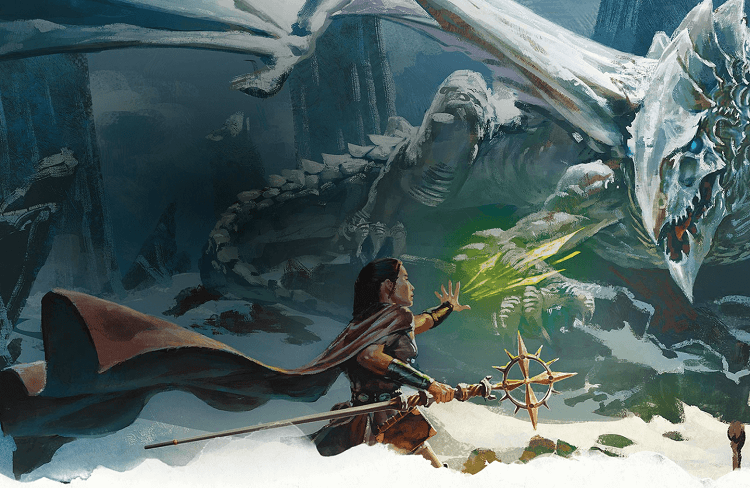
At the start of developing a campaign, one of the most important parts is deciding whether to make your own setting or use one of the official DnD settings.
Both options have their advantages and disadvantages. Which one you ultimately decide to go with will largely depend on your personal preferences and what you have in mind for your campaign.
Homebrew settings have the benefit of being fully customizable from the ground up. This means that you can tailor every individual piece of a world to your liking.
This can help shape the story you want to tell and give you more freedom as the Dungeon master to create a world filled with exciting details and unique story opportunities for your players to find.
However, it does put a much heavier burden on your shoulders to create an entire world and flesh every detail out. This is a ton more work to take on, and I only recommend that Dungeon Masters, with at least some experience, attempt to do so.
Using an official setting alleviates a lot of that workload from the Dungeon Master. It fills in all the gaps with locations, history, characters, story hooks, and themes for you to draw on while developing your campaign.
There are tons of settings out there, so you likely won’t have a hard time finding one to use, which I’ll go into more detail below.
However, it is possible that you won’t find a setting that matches what you’re looking for. If you find yourself in this situation, you can modify an official setting or make your own.
What Style of Game are You Interested In
The next part of developing your campaign is deciding which kind of campaign you are interested in. You must pick a style of game you are interested in.
Developing a campaign is a lot of work and requires a lot of time. But, if you aren’t interested in your campaign idea or its style and are doing it for your players, you will find that it feels like even more work.
So, I prefer picking a campaign style I have many ideas for and feel inspired by. This makes developing an entire campaign and keeping up with developing the story and world as it progresses feel less like work and more fun.
Choosing a style early on is also essential in the development process so that it can help shape your ideas as you work through the setting and themes of your campaign.
It also will give you a solid base to start building from so that you don’t waste time developing a large chunk of the campaign before mixing things up or finding out your players don’t want to play that style of campaign.
What Style of Game are Your Players Interested In
If you’re finding players online for your game, you can always advertise the type of game you are interested in running to ensure that you get players interested in your vision.
However, suppose you are developing a campaign after finishing another one with your group or want to play with your friends you already know.
In that case, you’ll need to consider their interests when developing your campaign. If you don’t, you may end up making an entire campaign that your players aren’t interested in even starting or have a bad time trying.
To avoid this, I usually come up with a list of possibilities to get a vote from my party. Now, I wouldn’t recommend spending too much time on those options, as you’ll likely only end up using one.
So, I normally pick or make a setting with a brief description and accompany it with a hint at what style the campaign would likely be. For example, my most recent campaign was in Eberron.
When I presented it to my party for them to vote on, I told them that Eberron was a high-magic setting bordering on steampunk. I then told them my idea for the campaign was an anthology of the party working for a newspaper trying to gather stories for issues.
What Level to Start At
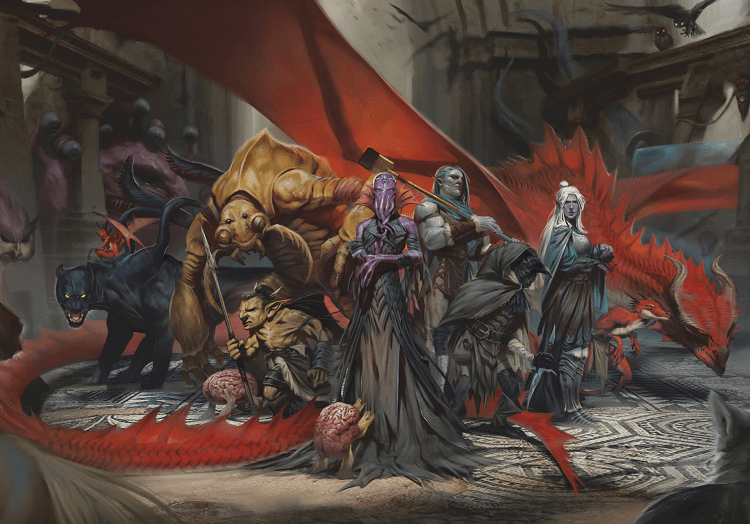
The final thing you need to discuss with your party before getting to the nitty-gritty of making a campaign is what level players want to start at.
The level of the party will set the stakes for your campaign’s story while also helping you develop the origins of the party. It wouldn’t make sense for a party of well-known heroes to be only level one or level 15 heroes to start as farmhands striving to help their local village.
If your party is a group of players that have never played before, I recommend starting at level one. This will help slowly introduce their classes’ new mechanics and features so that they don’t get too overwhelmed while learning the basics of 5e.
If your party is more experienced, however, the starting level is really up to your discretion. Your campaign idea may work better, starting at certain levels, or your party may want to reach higher levels they never have before.
Whatever the case, if your party is experienced, I recommend starting at least level three so that every party member gets a subclass right out the gate.
See also: Comprehensive D&D Classes Guide.
Selection Criteria
For selecting ideas on this list, I’ve tried to keep a lot of variety in the options. This will make sure that regardless of which category you are interested in, there will likely be an option that sparks your interest.
I will also try to keep my ideas as vague as possible so that you can fill in the gaps and personalize your campaign to your preferences.
I’ve also tried to cover a wide range of larger 5e campaign styles, but there are so many options that I undoubtedly missed some opportunities out there. So, this article is not comprehensive, and if you think of a unique idea that you’re dying to try, you should feel free to do just that.
Official Campaign Settings

For this section, I want to look at some of my favorite official settings with official guidebooks published for 5e. These setting books delve into all the details you could hope for from the setting, which will make setting up a campaign within its bounds much more manageable.
Eberron
As mentioned earlier, Eberron is a high-fantasy setting dripping with magic and technology at an unprecedented level in other official settings.
There are sentient robots, airships, skyscrapers, and even the magical equivalent of a nuke that left an irremovable scar on the land and the people living there.
Because of this, Eberron works very well for most types of campaigns, as there are so many factions, political forces, and unique interactions set up for the Dungeon Master to explore.
This setting is also great for experienced players because it mixes up much of the common traits and history of the races and creatures found in DnD.
This helps prevent metagaming by experienced players and lets them see all of their favorite elements that make up the game in new contexts and settings.
Forgotten Realms
The Forgotten Realms are the basic and most popular setting of DnD. It has the most iconic locations and characters that players may be familiar with, especially if they’ve taken the time to read official books.
These include the cities of Neverwinter and Waterdeep and opens the gate to running into characters like Drizzt Do’Urden or the Grand Master of Flowers.
The Forgotten Realms is also home to various environments and settings, whether the tundra to the north, the sprawling tunnels of the Underdark, or the narrow streets of medieval civilization.
Over the many years of DnD’s development and expansion, the Forgotten Realms have grown and been deepened so that regardless of where you center your campaign in the setting, there are exciting things for your party to find and do.
This also makes it great for anthology campaigns, as you can fill it with variations and unique segments.
Ravenloft
Ravenloft is the home of one of the best official 5e campaigns, The Curse of Strahd. It is a horror-themed setting that draws heavy inspiration from gothic architecture and literature.
It is an extremely dangerous setting, and less experienced players may find it too punishing for one of their first experiences with the TTRPG. If your players are up for a less forgiving experience, however, you won’t find a better setting than Ravenloft to put it in.
This setting is also well suited for horror campaigns or ones meant to keep players on their toes with plenty of intrigue and mystery.
Running Ravenloft can also be quite challenging because of how easily players can become overwhelmed by the dangers it holds, so I only recommend running this campaign if you are an experienced Dungeon Master or are prepared to take the time to tune encounters and challenges finely.
Political Campaigns
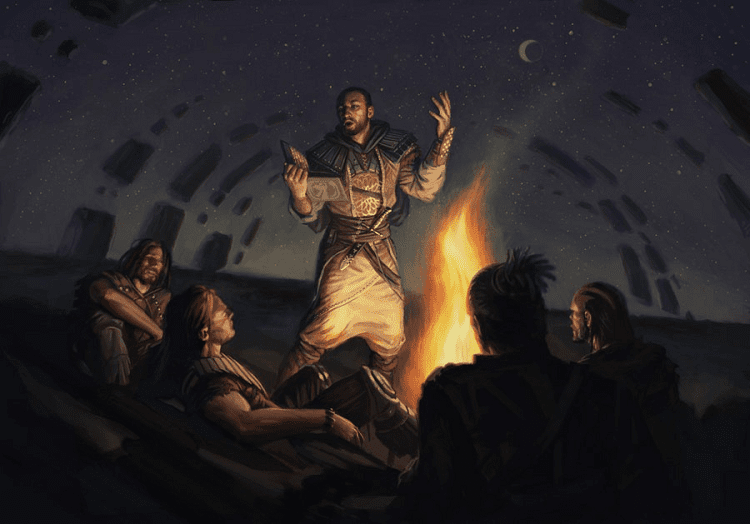
Political campaigns are ones that put a heavier emphasis on roleplaying and character interaction rather than combat encounters, puzzles, or dungeons.
These campaigns are great for telling intricate and mature stories and push players to use their classes and characters creatively.
However, it does require both the Dungeon Master and players to be heavily invested and comfortable roleplaying and keeping track of the complicated social interactions and developments throughout the story.
Political Intrigue
The first type of political campaign is the most basic, which I prefer to refer to as Political Intrigue. These campaigns are all about talking with politicians, making deals, manipulating others, and avoiding the machinations of political opponents. This can take on many forms.
The party could try to help a political proponent solidify its position in a hostile council. A party member could start a new political group that has to work within an established political body to build its influence and power.
Regardless of which way you approach a Political Intrigue campaign, it is essential to emphasize its characters above all else.
Most of the time in the campaign will be spent with players interacting with characters, so having each one fully realize their histories, personalities, and, possibly, voices will go a long way.
This will put a lot of pressure on you as the DM to roleplay well throughout the campaign, but it will make the entire experience more immersive and exciting for your players.
These campaigns should also emphasize the mystery, and your players have to put clues together or pick through lies to discover the truth.
Foreign Invasion
The Foreign Invasion campaign type can be a lot of fun. When I’ve run this type of campaign, I’ve found it best to do so with a homebrewed setting.
This allows you to fully develop both the nation or kingdom being invaded and the one doing the invasion so that there is plenty of depth for your players to explore. Then, you can set it up for the party to work to rally the forces of their home nation to repel the forces of the invaders.
This campaign archetype is a great middle-ground for players interested in a campaign’s political aspects and roleplaying while still wanting some combat.
This will allow you to balance the likes of convincing royals to support the party, working to satisfy the various factions working within the country, leading armies in battle, and more personal combat with high-ranking generals or heroes within the enemy’s forces.
Adventure Campaign
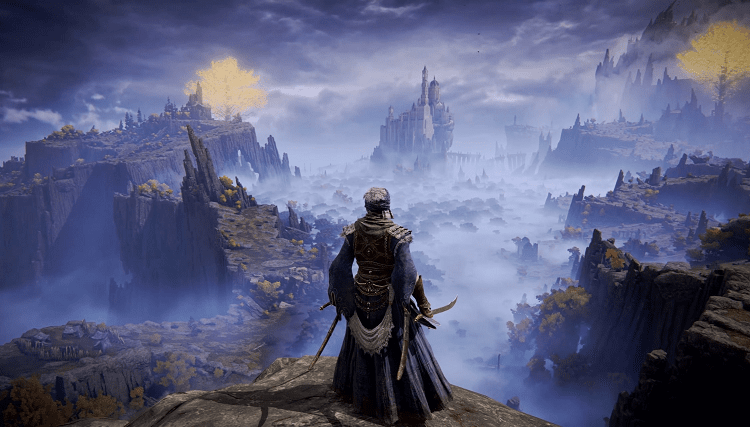
Adventure campaigns are the most standard of DnD. It sees the party traveling across the world to right wrongs, face terrifying monsters, and grow in power thanks to the powerful items gathered along the way.
New World
The New World campaign type tasks the party with exploring an unexplored continent or land. This can be set up in a few different ways, such as the party exploring a strange new mutation that corrupted a section of land due to the influence of a Lich’s relic.
Or the players could be sent to help colonize a new continent covered in strange jungles that hold the ancient ruins of a long-gone civilization.
Or maybe the party is enlisted to travel to a newly discovered plane of existence to gather information about it for an interested wizard.
This campaign setup is great for satisfying players hungry for exploration and discovery in the campaign. Traveling through an alien world and uncovering its secrets will never fail to captivate a party of players.
This campaign style is also great for giving players more control over the world they’re playing in through methods such as establishing new towns or colonies they can run or determining how the world will be introduced to an entirely new location or region.
The Big Bad
The Big Bad campaign is the de facto DnD campaign. This campaign style sees the party teaming up to resist a powerful and evil force threatening the entire realm.
This can be a powerful Lich, a Demigod, an army of Demons, a corrupted King, or anything else you can think of. This campaign type is likely the easiest for newer Dungeon Masters to run but is modifiable enough for experienced DMs to put their spin on.
To make this campaign as impactful as possible, there are a few techniques that I can recommend. The first is ensuring that your big bad interacts with the party throughout the campaign to build a relationship with them.
You can do this by having the big bad attack the loved ones of party members or making them cocky so that they appear and taunt the party throughout the adventure.
I also recommend having your party travel across the world to gather magical items or prepare for a big confrontation with the big bad. This will allow you to add some variety to the campaign by injecting smaller story arcs the players go through along the way.
Roving Band
Another fun adventure type of campaign is what I like to call the Roving Band. This style puts a bit more responsibility on your players to determine the direction they head in.
This style puts your party in the position of a group of mercenaries, pirates, bandits, or another small group of traveling adventurers.
This is also useful to give your party members a reason to stick together and embark on the adventure, as they all can be united in a common cause of making riches, solidifying themselves in the legendary tales, or some other motivation.
Dungeon-Delving Campaign
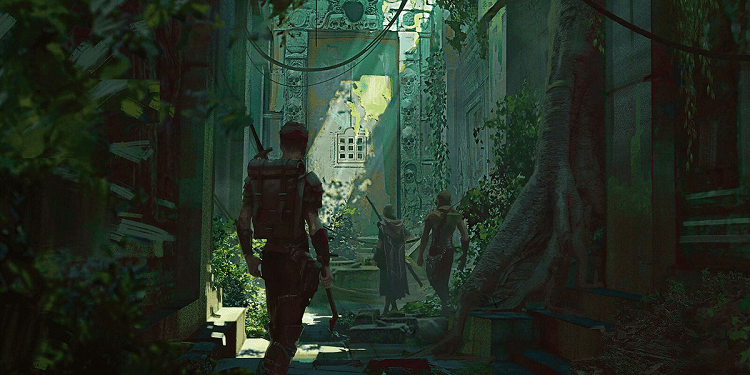
These campaigns are very combat-heavy and are focused on the party exploring dungeons, tackling combat encounters, and avoiding traps.
With just how heavily these campaigns rely on combat, you’ll want to make sure you only run one with players that aren’t focused on roleplaying or intricate stories, as most of the emphasis should be on killing enemies in caves.
Underdark
The first type of campaign for dungeon delvers is one set in the Underdark. The Underdark is a series of underground tunnels that house entire cities in caves, complicated networks, mining operations, and numerous species that aren’t adjusted to life in the surface.
The Underdark is an excellent setting for a dungeon campaign and also houses entire societies of Drow and Duergar for players to discover and explore along the way.
5e Also has a few subclasses that work exceptionally well in the Underdark and dungeons, so running a dungeon campaign here can allow your players to try out new classes that they might not otherwise have had a good opportunity to use.
However, the Underdark can partially restrict your encounter options since only certain creatures live there, so you may need to get creative with creating unique encounters or finding explanations for unusual creatures being in the Underdark to fight.
Relic Hunting
Another great style of campaign for dungeon delving is one in which players have to hunt down expensive relics or ancient artifacts from an old civilization.
I like this setup for dungeon campaigns because it allows the DM to add some story between dungeons or allow the players to explore the world’s history as they uncover new relics and the dungeons they are held in.
Finding old relics also presents an excellent opportunity for rewarding the party with magical items. This can help make completing dungeons even more rewarding for your party while also helping motivate them to keep delving into dungeons.
Another aspect of this campaign-style that I love is how well it is positioned for variety. Each dungeon can have its theme, contained story, and even different enemy types. This helps make each one feel exciting and fresh with new gameplay possibilities.
Episodic Campaigns
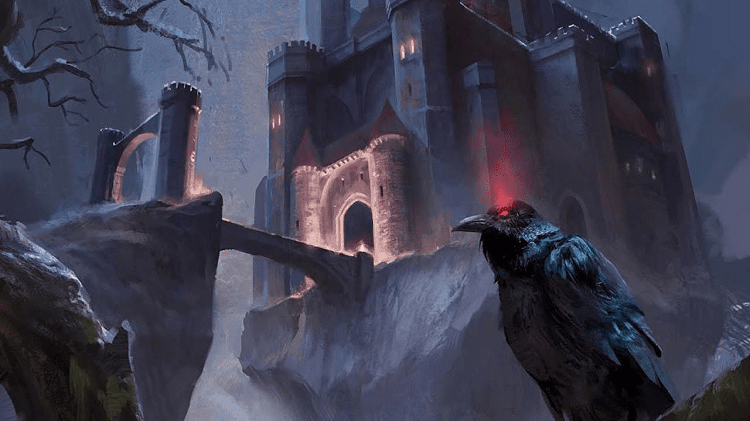
Episodic campaigns have become one of my personal favorites to run as a DM. This is because they allow the Dungeon Master to tell a series of smaller stories within one larger setting.
This keeps things fresh and allows you to explore multiple possibilities and ideas throughout the campaign.
Guild Agents
The Guild Agents format for episodic campaigns doesn’t technically have to be regarding a guild. Instead, it focuses on allying the party with a faction or business within the setting. This could be an adventurer’s guild, a queen, or even a newspaper.
This setup then allows the DM to send the party on smaller, self-contained adventures that each feature a different location, themes, and storyline to play through.
These can be stories like solving a murder, protecting an important noble during a party, or even organizing the welcoming reception of a foreign dignitary.
Dimension Hopping
The Dimension Hopping episodic campaign style is also a great way to bring a lot of variety to your campaign. There are tons of planes in DnD, and each has its quirks, societies, and hazards for your players to learn and adapt to.
For this style, you’ll have to determine exactly why and how your party is teleporting between the dimensions, as doing so is very difficult.
This can be things like a Wizard sending them to track down an artifact or the party hunting down a villain that has a propensity for traveling across the planes themself.
If you plan on running this campaign style, however, you’ll have to read up on the various dimensions your players may end up in.
This can be a lot of information to learn since you’ll effectively be changing settings with each dimension. To make this a bit easier, you can leave your party in each dimension for longer, giving you more time to read up on the next and prepare the story.
Unconventional Campaigns
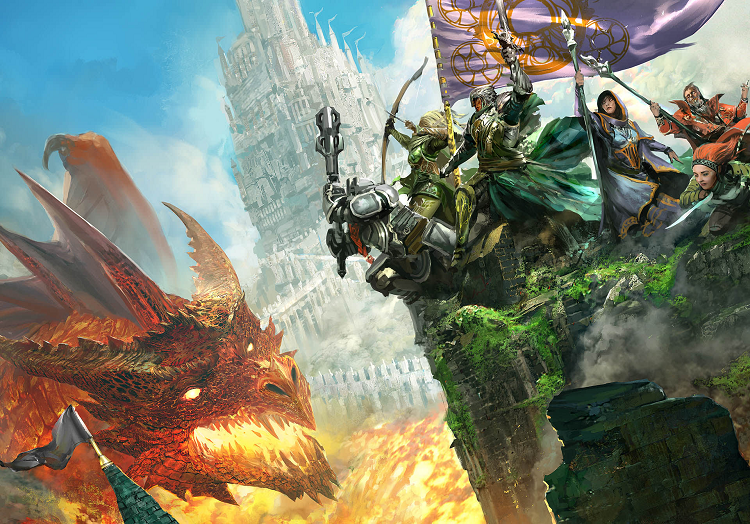
With the universal and adaptable 5e’s ruleset, you can also set your campaigns in extremely unconventional settings.
These types of campaigns will likely take some effort to convert some of the rules to make them fit, but it can lead to some of the most fun and wacky types of games you’ll ever find.
It can also allow you to use it for nearly any setting, whether a high school in the modern world or a James Bond story.
Science Fiction
The most obvious type of unconventional campaign is to play a science-fiction campaign. This can allow you to make a striking new world in 5e’s ruleset with spaceships, lasers, and alien species.
To do this, you will likely have to tweak the rules for ranged combat since you will likely be fighting with guns more often than you normally would in 5e, but doing so is not very difficult.
There are also numerous other settings that you can use for inspiration in modifying 5e’s rules for science-fiction, such as Star Wars or Warhammer 40,000.
This can help make a unique campaign for your players, especially if they are already interested in those series. Then, you have to flavor the classes, and you’ll be good to go.
Gotta Catch ‘Em All
The final type of campaign I want to include in this list is a Pokémon-inspired campaign. I’ve personally run a campaign with this idea, and while the rule conversions took a ton of work, it was worthwhile.
This style also illustrates just how creative you can get when creating a 5e campaign. For this style, you can change combat to focus less on the player’s classes and instead on pitting monsters against one another.
This style can be a lot of fun for mixing up gameplay for your players as it will allow them to fight with the diverse range of monsters in DnD.
However, as I said, the rule conversion can be quite intensive, especially if you want to take it to the level of making evolution trees for the monsters or allowing players to level them up and improve their stats.
FAQs
Question: Do You have to Use an Official Campaign Module for Dungeons and Dragons?
Answer: No, one of the best parts of playing DnD is that everything can be changed to match your preferences or ideas. You can make up entire campaigns, settings, spells, or magic items to use in your game.
Question: How Long is a Dungeons and Dragons Campaign?
Answer: The length of a campaign can be as long or as short as you want it to be. You can do a short campaign of just a few play sessions or keep one story and party going for years.
Question: What is a Dungeons and Dragons Campaign?
Answer: A campaign in Dungeons and Dragons references connected adventures in the same setting with an overarching story connecting individual play sessions and quests.
Conclusion
Coming up with fun stories to go through with my group is one of my absolute favorite things about DnD. There are so many possibilities and the game allows you to explore and form a collaborative narrative in a way that few other experiences do.
My personal favorites from the list above are Guild Agents, New World, and Foreign Invasion, but I’ve had a ton of fun using every style of campaign on this list.
Hopefully, one of them seems like a great option for your current party or at least gave you some inspiration of what kind of campaign you’d be interested in.
- Steel Defender 5e Guide - September 5, 2022
- Harengon 5e Guide - August 24, 2022
- Shambling Mound 5e Guide: The Most Terrifying Plant - August 21, 2022
